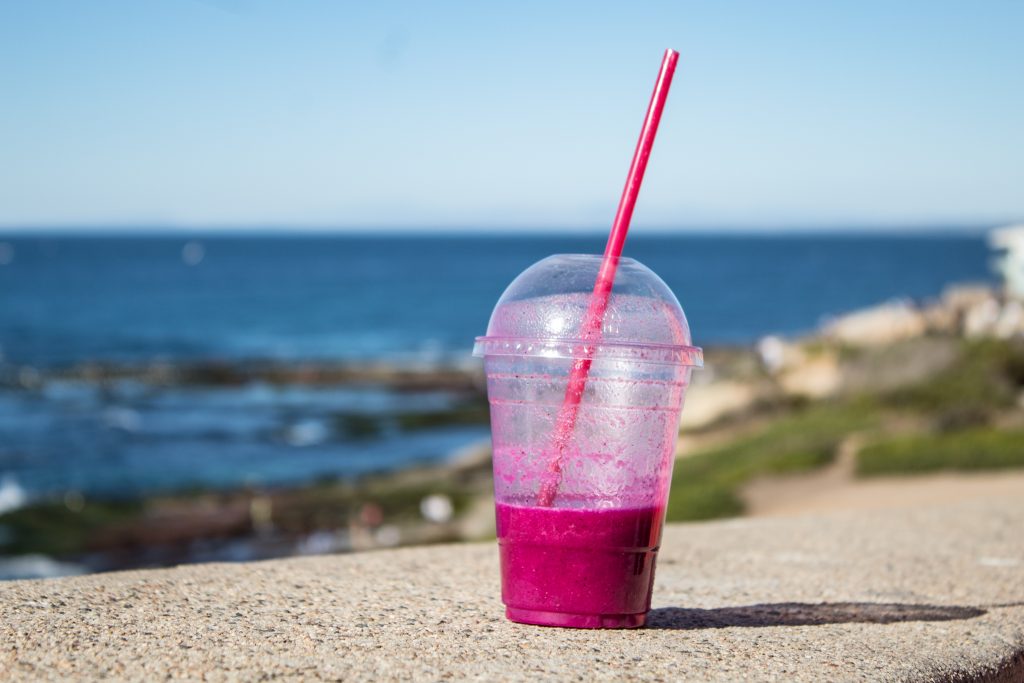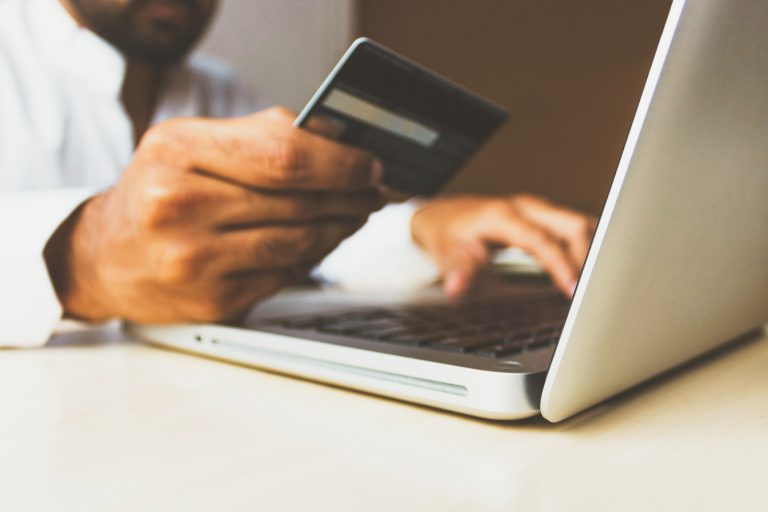The Economics of Bans on Plastic Straws
Whole Foods announced on May 20 it would stop offering plastic straws in all of its stores. Other companies such as Starbucks and McDonald’s are taking the same steps. Meanwhile, some states and cities, including San Francisco and Seattle, are banning plastic straws or discouraging their use. What are the economics of this move?
A 2015 video of a sea turtle with a plastic straw stuck up its nose got more than 35 million views and ignited a social movement: To reduce the number of plastic straws going into the ocean by substituting paper straws wherever possible

It’s generally accepted that paper straws are less harmful to the environment than plastic straws. But paper straws are perhaps five times more expensive than plastic straws, costing 2.5 cents per straw compared to 0.5 cents. Moreover, paper straws sometimes dissolve too quickly in drinks, leading to dissatisfied customers. How do consumers, companies, and governments make the trade-off between paper and plastic straws?
At the margin, consumers are making a decision between shopping at a business that uses plastic straws versus one that uses paper straws. This shows up as a shift in the individual demand curve. The individual demand curve for purchasing at businesses that continue to use plastic straws—call it D1–shifts to the left. Meanwhile, there’s a new individual demand curve D2 for purchasing at businesses that use paper straws, to the right of D1.
If paper straws cost the same as plastic straws, the change in consumer preferences implies that businesses that switch to plastic straws have higher sales and can charge higher prices than businesses that don’t switch. For businesses, that would be a no-brainer.
But the situation is not so clear-cut, of course, since paper straws do have a higher cost. Indeed, McDonald’s alone is estimated to serve roughly 70 million customers daily, or more than 20 billion customers per year. If half their customers use a straw, the shift from plastic to paper would cost McDonald’s an extra $200 million per year. That’s real money.
So businesses have to pay attention to the extra cost. That might mean boosting the price of a milkshake a bit, which would also lower sales. But if the demand elasticity is low enough, then raising the price might boost revenues enough to counteract some of the added costs from the paper straw.
On the other hand, if consumers are more reluctant to shop at businesses that use plastic straws, that will affect all their products, not just the milkshakes or the sodas. For example, McDonald’s total revenues in 2018 were about $20 billion. So if only 2 percent of customers stayed away from McDonald’s because of plastic straws, that would cost $400 million in marginal sales. That would reduce profits by $400 million minus the associated variable costs.
So that’s the calculation that businesses have to make. Is the lower cost of the plastic straws worth the potentially disgruntled customers who care about marine life? This decision is easier for companies like Whole Foods, that use relatively few straws, and harder for companies like McDonald’s, that use a lot of straws relative to sales.
It’s a whole different proposition when a city like San Francisco passes a law banning retailers and restaurants from distributing or using plastic straws (as well as other plastic single-use accessories such as plastic toothpicks and plastic cocktail stirrers. Other cities and states are considering the same types of law.
In that case the new regulation applies to all businesses and consumers. It effectively represents a shift in the supply curve to the left (assuming that paper straws and other replacement are more expensive). As a result, the equilibrium price goes up and the equilibrium quantity goes down.
The reason for imposing such a universal ban reflects the negative externalities associated with plastic straws. If the plastic straws hurt marine animals and the environment, these are costs that competitive markets do not account for.
The first diagram below reflects the price and quantity of “drinks with straws.” Q1 represents the quantity associated with the market outcome, and Q2 is the quantity associated with the socially efficient outcome, taking the negative externalities into effect.
The second diagram shows the case where the ban on plastic straws could go too far. If it turns out that the negative externality is smaller than the extra costs of the paper straws, then the post-ban outcome Q3 might actually fall below the socially efficient outcome Q2.
- Suppose
that consumers suddenly choose to only buy “bird-friendly”
coffee—that is, grown on coffee plantations that offer good habitats for birds,
as certified by the Smithsonian
Institute. Assume that bird friendly coffee is more expensive than regular
coffee.
- How is that change in preferences likely to affect the equilibrium price of bird-friendly coffee?
- How is that change in preferences likely to affect the equilibrium quantity of regular coffee?
- Draw
the supply and demand curves for the “drinks with straw” market. Suppose that
paper straws cost more than plastic straws.
- Show how a nation-wide ban on plastic straws would shift the supply curve for soft drinks.
- How does the ban on plastic straws affect the equilibrium price and quantity in the “drinks with straws” market?
- Suppose the market price of a milkshake with a plastic straw is $2.00, in a competitive market. A small store sells 1,000 milkshakes per day at an average cost of $1.00 per milkshake.
- How much revenue and profit does the store receive?
- For environmental reasons, the store owner decides to switch to paper straws, which cost 2 cents more. How much revenue and profit does the store receive now?
- Now suppose that the store has pricing power in its small town, and faces a market demand curve with a price elasticity of 0.5. The store owner decides to pass the extra cost of the straw through to consumers. How much revenue and profit does the store receive now?
- Based on your answers, discuss whether it is easier for businesses with pricing power to adopt environmentally sound measures.
- Consider the national market for “drinks with straws.”
- Draw a supply and demand diagram for this market.
- How would you show the negative externalities from plastic straws on the diagram?
- Show how the equilibrium quantity and price change when plastic straws are banned.












